New Road Rules from January 29th 2022.
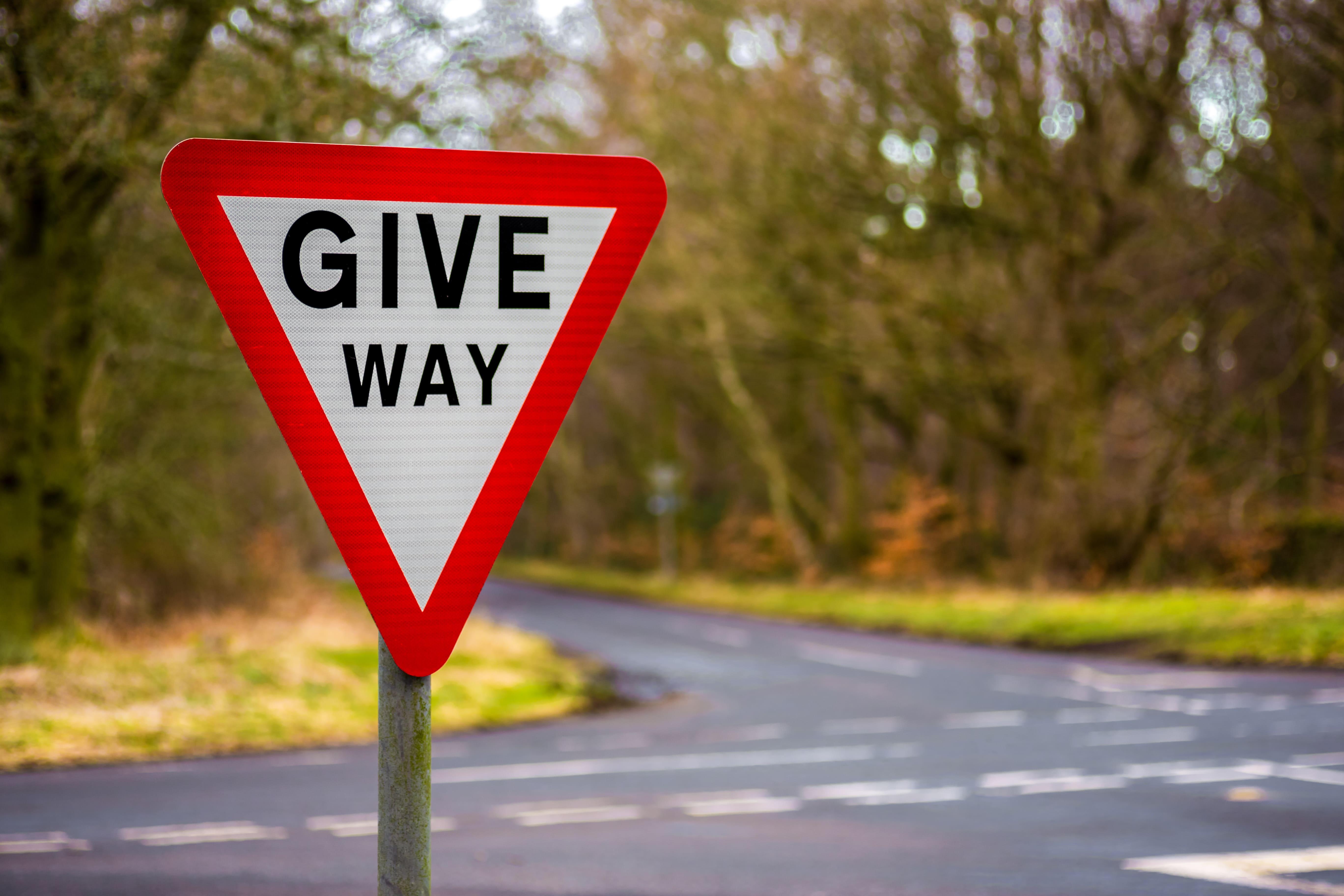
Did you know that drivers, cyclists, and other road users must obey new highway code rules on the roads from 29th January 2022?
The government’s Department for Transport DFT has introduced new Highway Code rules, some of which give more priority to cyclists, pedestrians and horse riders in certain circumstances. The new updates are designed to make the roads safer for more “vulnerable” road users.
This Bettersafe guide will help you make sure you are on the right side of the law, keeping yourself and other road users safe. Our main tip - read the updated Highway Code! It is your legal responsibility.
Getting to know the new Highway Code Rules
Bradley Brandon Cross, director of Bettersafe says, “The new rules are largely about being aware and considerate on the roads to improve safety. It is important for all road users to familiarise themselves with the new rules to avoid accidents and potentially breaking the law. However, there is no need to be daunted by the new rules. They protect drivers as well as other road users and pedestrians. The clearer the rules, the better for everyone should something go wrong.”
Hierarchy of road users
There are new rules for you to be aware of relating to the hierarchy. The hierarchy places road users “most at risk” in the event of a collision at the top of the hierarchy.
Giving way
Where people are crossing or waiting to cross at a junction, other traffic should give way.
If people have started crossing and traffic wants to turn into the road, the people crossing have priority. Therefore, traffic should give way.
People driving, riding a motorcycle, or cycling must give way to people on a zebra crossing and people walking and cycling on a parallel crossing.
Walking, cycling, or riding in shared spaces
There are new rules in the updated code about routes and spaces which are shared by pedestrians, cyclists, and horse riders.
People cycling, riding a horse, or driving a horse-drawn vehicle should respect the safety of people walking in these spaces. However, people walking should also take care not to obstruct or endanger them.
Cyclists are asked to:
- Not pass people walking, riding a horse, or driving a horse-drawn vehicle closely or at high speed.
- Slow down when necessary and let people walking know they are there. For example, a cyclist might ring a bell.
- Remember that people walking may be deaf, blind, or partially sighted. Do not assume they know you are there.
- Do not pass a horse on the horse’s left side.
Positioning in the road when cycling
Cyclists must be aware of new rules about positioning themselves. This includes:
Ride in the centre of the lane on quiet roads, in slower-moving traffic and at the approach to junctions or road narrowings.
Keep at least 0.5 metres (just over 1.5 feet) away from the kerb edge (and further where it is safer) when riding on busy roads with vehicles moving faster than you.
Cycling in groups
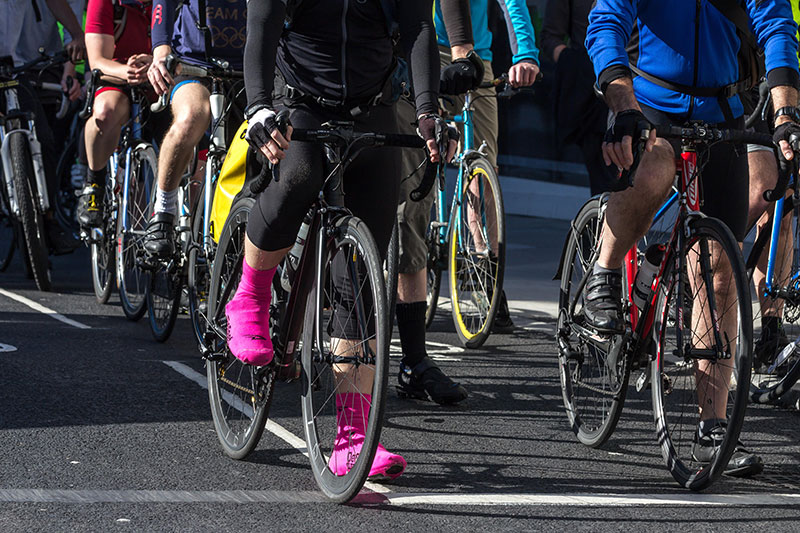
The updated code includes the following for groups of cyclists:
- Be considerate of the needs of other road users.
- Can ride 2 abreast and it can be safer to do so, particularly in larger groups or when accompanying children or less experienced riders.
- Be aware of people driving behind and allow them to overtake (for example, by moving into a single file or stopping) when/if it’s safe to do so.
Cyclists passing parked vehicles
The updated code includes:
Take care when passing parked vehicles, leaving enough room (1 metre) to avoid being hit if a car door is opened
Watch out for people walking into your path
Overtaking when driving or cycling
You may cross a double-white line if necessary to overtake a cyclist or horse rider. However, the road must be clear and safe to do so. Furthermore, the cyclist or horse rider must be travelling at 10mph or less.
You must also take care to ensure you overtake with the correct distance between you.
Leave at least 1.5 metres when overtaking people cycling at speeds of up to 30mph and give them more space when overtaking at higher speeds.
When passing people riding horses or driving horse-drawn vehicles at speeds under 10 mph, allow at least 2 metres of space.
Allow at least 2 metres of space and keep to a low speed when passing people walking on the road.
Do not overtake if it’s unsafe or not possible to meet these distances.
Cyclists passing slower-moving or stationary traffic
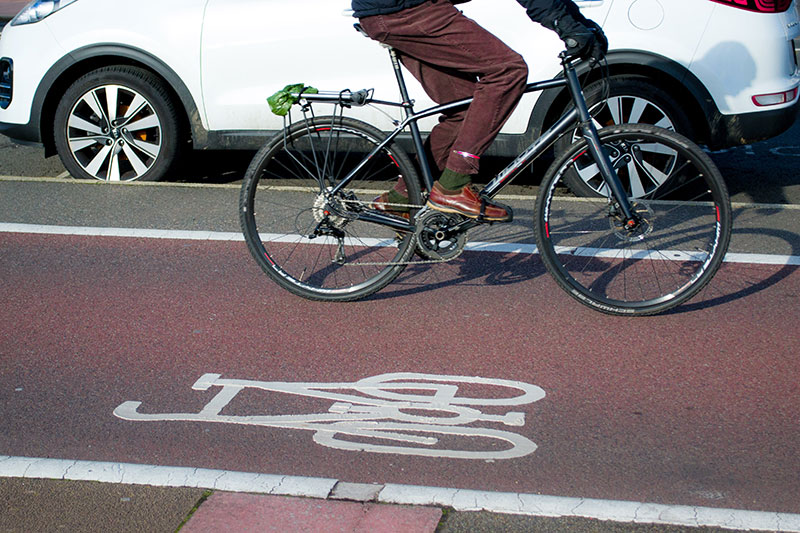
Cyclists may pass slower-moving or stationary traffic on their right or left.
They should proceed with caution as people driving may not be able to see them. This point about visibility is particularly important in these circumstances:
On the approach to junctions.
When deciding whether it is safe to pass lorries or other large vehicles.
Cycling at junctions
When turning into or out of a side road, cyclists should give way to pedestrians who are crossing or waiting to cross.
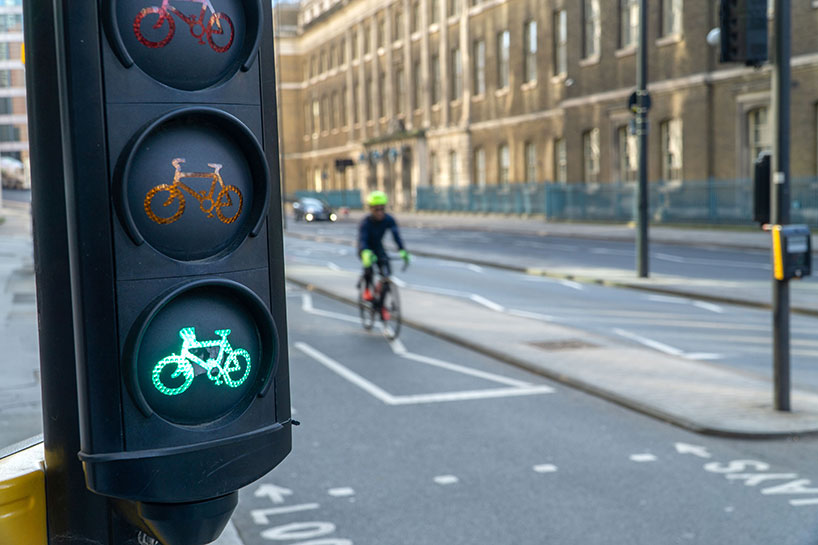
Some junctions now include small cycle traffic lights at eye-level height. These cycle traffic lights may allow cyclists to move separately from or before other traffic.
Cyclists should position themselves in the centre of their chosen lane, where they feel able to do so safely. This is to:
Make them as visible as possible.
Avoid being overtaken dangerously
Cyclists turning right
Advice for cyclists using junctions where signs and markings tell them to turn right in 2 stages includes:
Stage 1 - when the traffic lights turn green, go straight ahead to the location marked by a cycle symbol and turn arrow on the road, and then stop and wait.
Stage 2 - when the traffic lights on the far side of the junction (now facing the people cycling) turn green, complete the manoeuvre.
Cyclists priority when going straight ahead at junctions
When cyclists go straight ahead at a junction, they have priority over traffic waiting to turn into or out of a side road. However, this is not the case where road signs or markings indicate otherwise.
Cyclists need to be aware and watch out for people driving who intend to turn across their path. They need to be aware that people driving ahead may not be able to see them.
Cyclists, horse riders and people driving horse-drawn vehicles on roundabouts
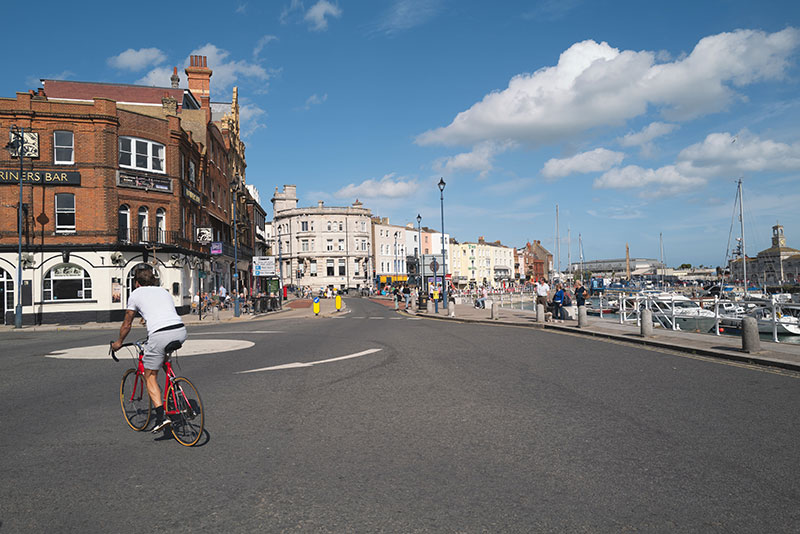
Drivers or motorcycle riders should give priority to cyclists on roundabouts. They should:
Not attempt to overtake a cyclist in their lane
Allow cyclists to move across their path as they travel around the roundabout
Remember that people cycling, riding a horse and driving a horse-drawn vehicle may stay in the left-hand lane of a roundabout when they intend to continue across or around the roundabout.
Drivers should take extra care when entering a roundabout to make sure they do not cut across people cycling, riding a horse or driving a horse-drawn vehicle.
Parking, charging and leaving vehicles
Have you heard of the ‘Dutch Reach’?
Here is how it works and why it is recommended in the updated Highway Code:
When drivers or passengers are able to do so, they should open the door using the opposite side hand to the door they are opening. For example, if the door is on your right, use your left hand to open it.
Why?
This technique encourages you to turn your head to look behind which is safer.
Charging at an electric vehicle charge point

This is the first time the Highway Code has been updated to include guidance on using electric vehicle charging points.
Park close to the charging point and avoid creating a trip hazard
Display a warning sign if you can
Return charging cables and connectors neatly to minimise hazards
No substitute for the Highway Code.
We hope our guide is useful but remember that it is your responsibility to know the rules of the Highway Code. With 50 rule updates in the new revisions from 29th January 2022, it is important that you read the code for yourself. There’s also a summary GOV.UK from 29 January 2022.
The Highway Code is essential reading for everyone. It’s updated regularly, so it’s important that everyone reads it - not just learner drivers.
Many of the rules in the code are legal requirements. Therefore if you disobey them it is a criminal offence.
The full version of The Highway Code is available. It will be updated on 29 January 2022. You can also download The Highway Code iOS app.

